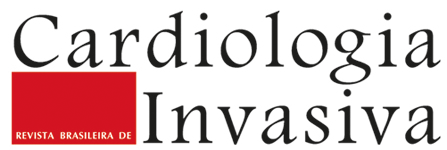BACKGROUND: Previous studies have reported that off-hours primary percutaneous coronary intervention is related to worse prognosis. The objective of this study is to evaluate the outcomes of normal and off-hours primary percutaneous coronary interventions. METHODS: A prospective observational study including 112 consecutive patients with ST elevation myocardial infarction (MI) was conducted from December 2009 to January 2010. Clinical and angiographic characteristics and in-hospital follow up were registered in a specific database. There were two groups for comparison: group A, MI treated between 8 pm and 8 am and group B, MI treated between 8 am and 8 pm. RESULTS: The sample included 44 patients in group A and 68 in group B. Baseline characteristics were similar in both groups. Door-to-balloon time was significantly longer in group A (133 minutes vs. 90 minutes; P < 0.001). However, there was no significant difference between groups A and B regarding mortality (13.7% vs. 5.9%; P = 0.28), reinfarction (6.8% vs. 4.4%; P = 0.90), progression to cardiogenic shock (11.4% vs. 4.4%; P = 0.30), stent thrombosis (6.8% vs. 1.5%; P = 0.33), or major bleeding (2.3% vs. 1.5%; P > 0.99). The only predictor of combined in-hospital outcome was heart rate at admission (odds ratio 1.02; P < 0.001). CONCLUSIONS: Patients with MI have similar in-hospital clinical outcomes during normal and off-hours primary percutaneous coronary intervention. However, door-to-balloon time is significantly longer during off-hours procedures.
Myocardial infarction; Angioplasty; Myocardial reperfusion




